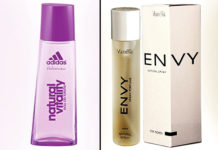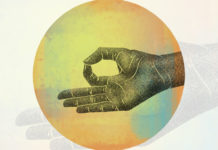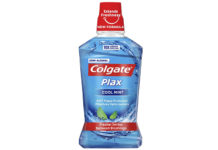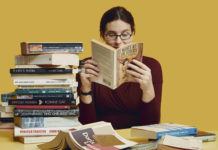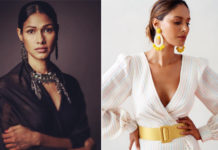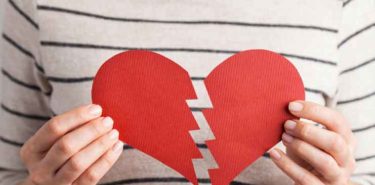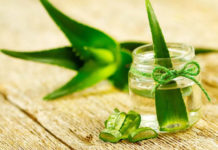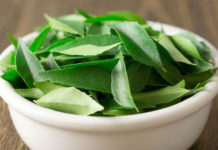Affiliate Disclaimer
Some links in this article are affiliate links. We may earn a small commission if you make a purchase through these links, at no extra cost to you. We only recommend products we find useful to our readersMarriage is a very important day in a guy’s and girl’s life. Two different souls come together in a relationship with a consent of the family, relatives, and friends. In India, there are many religions, caste, and their traditions vary from one another. In this article, we are going to talk about how a South Indian or a Telugu Wedding Ceremony is performed. In the state of Andhra Pradesh and Telangana, there is the huge population. Mostly the state consists of people with Telugu as their mother tongue.
A Telugu marriage is far more different from that of a North Indian Marriage. During the 19th century, the marriage tradition would last for 16 days. These 16 days were called as Padahaaru Rojula Panduga. But, now in this 21st century, no one has time to spend those many days for marriage as the lifestyles have changed, priorities have changed, people have become more independent and professionally capable. Nowadays the marriage ceremonies last for not more than 5 days,which ideally depends on the financial and social status. Here is the list of all Pre Wedding Celebrations of South Indian Families.
Telugu Marriage
1Pelli Choopulu (Formal Meeting)

When parents look out for a prospective bride or groom for their daughter or son, it is called as an arranged marriage. In an Arranged Marriage, the parents and family members search for the bride or the groom, either through their friends who are very close to them or advertise in newspapers or marriage portals. When a bride or groom is searched.There are several factors to be considered like horoscope compatibility; family background, wealth, social status, caste etc.
In olden days, a boy or a girl was not allowed to meet each other before the wedding. They used to directly see each other only during the marriage ceremony because parents use to decide everything and their daughter or son had to agree with their decision. But now, in this modern society soon after the boy and girl are engaged, they start spending the time to know each other well before marriage.
Select, The Right Bridal Jewellery For Your Special Day
In the present tradition, the boy and girl see each other in a formal meeting with the consent of their families which is called as Pelli Choopulu. Then they express if they like each other or not. Usually the Pelli Choopulu is held in the girl’s house. The boy visits the girl’s house along with his parents. The girl is dressed in traditional attire.
The girl usually wears a saree with gold jewelry. Then the girl and boy will be allowed to talk to each other in a separate room. By doing this they can decide if they are compatible with each other or not. If they like each other,then both the families start doing the formalities like showing horoscopes to the astrologer and if everything fits in, then the marriage is fixed.
2Nischitartham (Engagement)
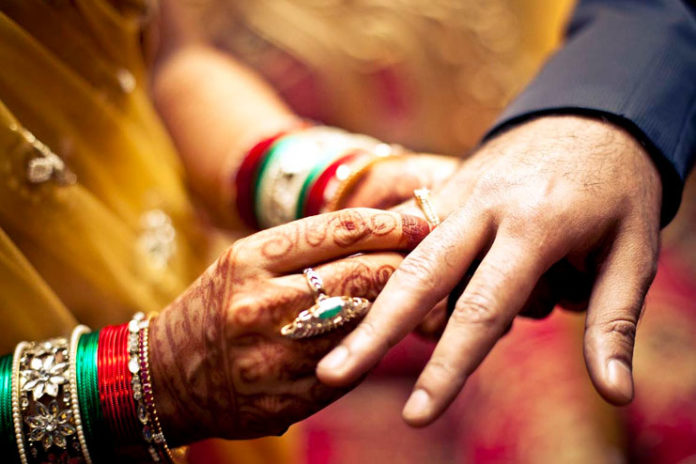
Once the astrologer finds the boy and girls horoscope suitable, he will provide a muhurtam (auspicious date & time) for the wedding. The dates of engagement and marriage based on both the families priorities. The two families come together and perform rituals to make the engagement official.
Usually the Telugu people don’t give many gaps between engagement and marriage. They avoid months or time period where Aashaadham, Bhadrapadam and Shunya maasam occurs. These months are considered as inauspicious for any marriage ceremony. The engagement ceremony is done where the couple is blessed by elders of both families. They are also given gifts including jewelry and clothing. The engagement is formally ended after the bride is given clothes, gold, and silverware by her future mother-in-law.
3Pendlikoothuru/Pendlikoduku (Bride/Groom)
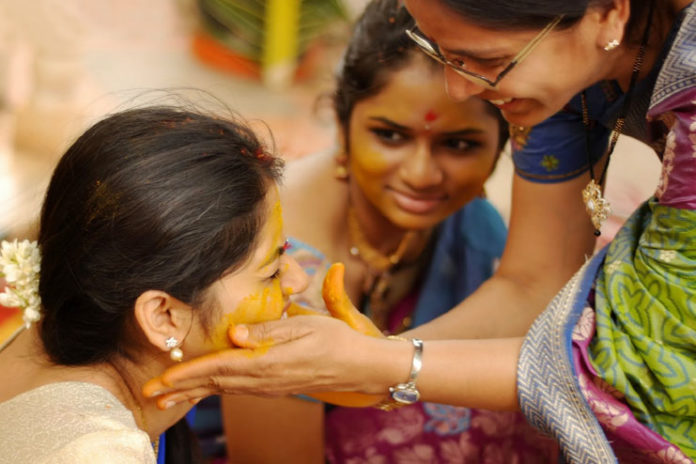
This ritual is performed at the bride and groom’s respective houses. All the family members and relatives of bride and groom apply oil along with a paste made of turmeric, flour, and water. This ritual is performed in order to make the bride and the groom look beautiful on their wedding day. After that, they are given a new set of clothing to wear. Once the bride and the groom are ready they seek blessings from their elders. The bride is also asked not to go out of the house before the wedding is over.
4Snatakam (Wearing Thread)

Snatakam is kind of bath done by the family of the groom. Before the muhurtam. Snatakam is performed in which the groom is asked to wear a silver thread on his body. The ritual is carried a few hours earlier to the wedding.
5Kasi Yatra

This tradition is kind of a fun ritual, where a groom who has done Snatakam will pretend to leave the marriage in middle and wants to become a Sanyasi and go to Kasi. Kasi is a called as Varanasi which famous Lord Shiva Temple is located. Then he has to be stopped by the brother or cousin of the bride, after which the groom is teased by the bride’s brother. He then readily agrees and sits for the marriage.
6Mangala Snanam (Holy Bath)
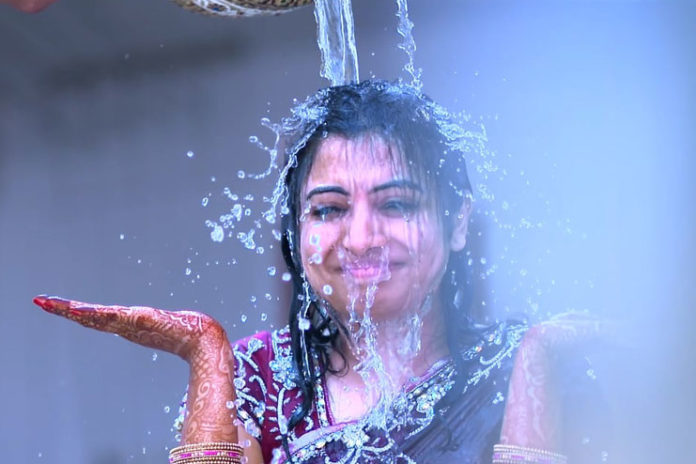
This is a ritual is also called as Abhyangana Snanam in which both the bride and groom have to take an auspicious bath before the wedding day. The main aim of Mangala Snanam is to purify the bride and the groom and prepare them for all rituals.
7Aarti

After the mangala snanam, the bride and groom are smeared with oil at their individual homes. Their families,then perform Aarti. The ceremony is important as family’s prayer that the bride/groom is rendered by wisdom.
8Ganesh and Gauri Puja
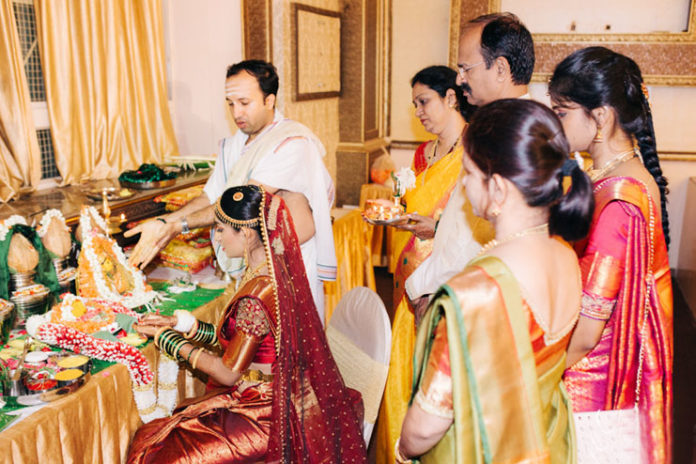
Before the actual wedding starts, the boy and the girl perform Ganesh and Gauri Puja respectively at the house. During this puja, the bride’s actual Gotram is changed her to be husband’s Gotram.
9Kanyadanam (Daughter Giving)

This ritual is common in North India and South India. The girl’s parents hand over their daughter’s responsibility to the groom. When this ceremony has to be taken place, the girl arrives in a bamboo basket which her uncles carry and bring on the Mandapam (stage). Until the ritual is over, the girl and boy are not allowed to see each other. A white cloth or curtain is placed between them. Then the bride’s parents wash the groom’s feet. This is done because the day is considered as “Lord Vishnu Svarupam” which means lord Vishnu has come to marry their daughter who is regarded as “Devi Lakshmi”.
The pandit then asks the groom to chant a sloka for three times:
“Shramecha Arthecha Kamecha Mokshecha Nati Charami”
The meaning is that the groom is assuring the bride’s father that he will always be with her at the times of both joy and sorrow.
10Jeelakarra Bellam (Jeerra-Jaagri Mix)
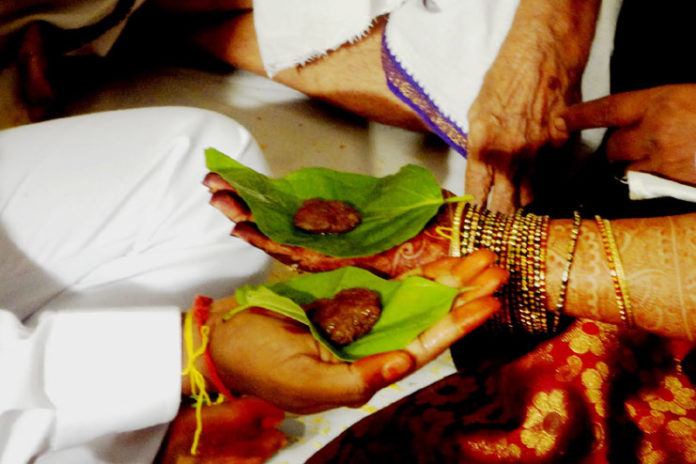
After the bride’s parents hand over their daughter’s responsibility to their to be son-in-law, the priest starts reciting the wedding shlokas. Exact on the muhurat, the bride and groom apply a paste of cumin seeds (jeera) and jaggery on each other’s hands. This is known as Jeelakarra-Bellamu. The main reason to do this ritual is jeera is bitter to taste and jaggery is sweet in taste. So when you combine both of them, they are inseparable. Like that the husband and wife relation becomes inseparable.
VIDEO:
(Source: Telugu Filmnagar)
11Madhuparkam (Clothes Changing)

After Jeelakarra Bellam, the bride is asked to change her clothes to white cotton sari with red border. The groom is asked to wear a white cotton dhoti with a red border.
12Jyothulu & Talambralu (Rice Diya Puja)

For this ritual around 10 married women(Sumangalis) bring the bride. Out of ten, six of them hold plates in which rice and the turmeric powder mixture is placed. The remaining four women hold plates which have small lamps made from a mixture of rice flour, sugar, and milk. In Talambralu, the bride and groom pour turmeric colored rice on each other one by one.
13Mangalsutra

Once the bride is back on the mandap, the groom sits beside her. Prayers are offered and then the groom ties two strings each with a golden disc which is called as Mangalsutra. The golden discs are individually tied around the bride’s neck with three knots.
14Garlands

After the ceremony, the couple puts garlands on each other. At this moment all the family, friends, relatives and guests shower their blessings on the couple with flowers and turmeric-colored rice called as Akshat.
15Saptapadi (Seven Steps or Saath Pheeras)

During this ceremony, the bride’s saree and the groom’s dhoti are tied together. Then they take seven steps as a couple together.
16Sthaalipaakam (Toe Ring Ceremony)

After the seven rounds, the groom places silver toe rings on the bride’s feet. The girl is also ornamented with a twine of black beads, to guard her against the evil eye.


